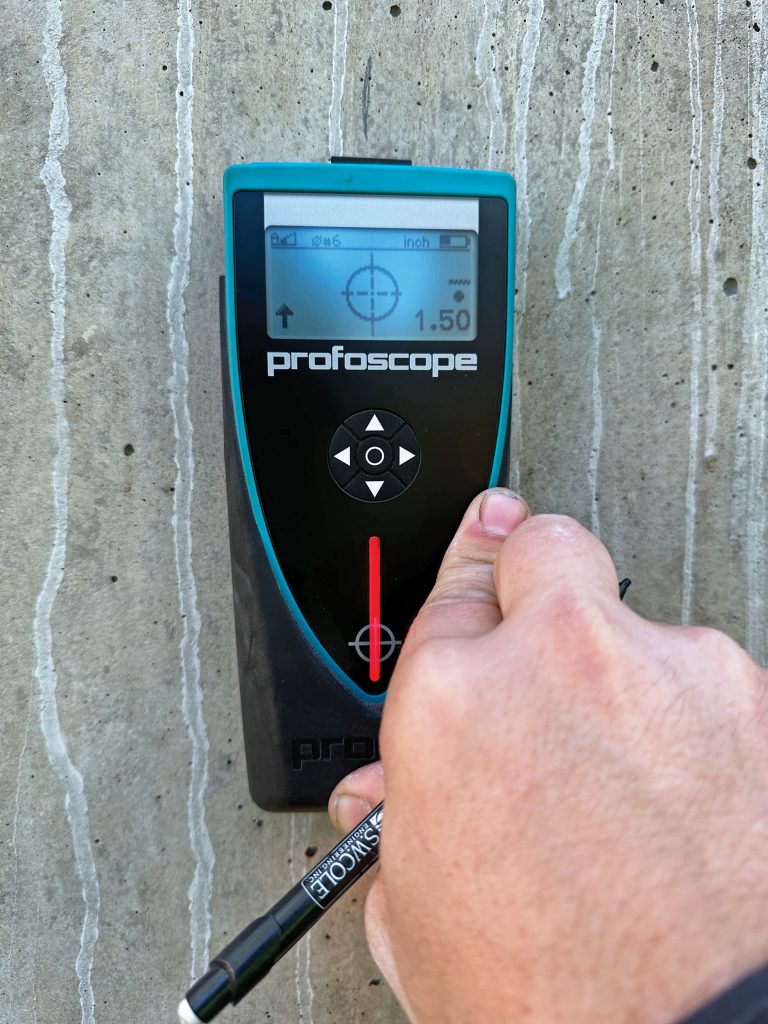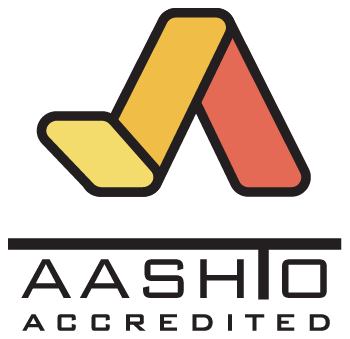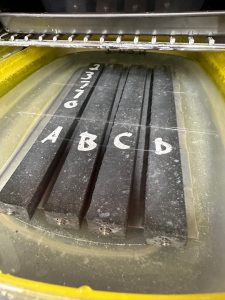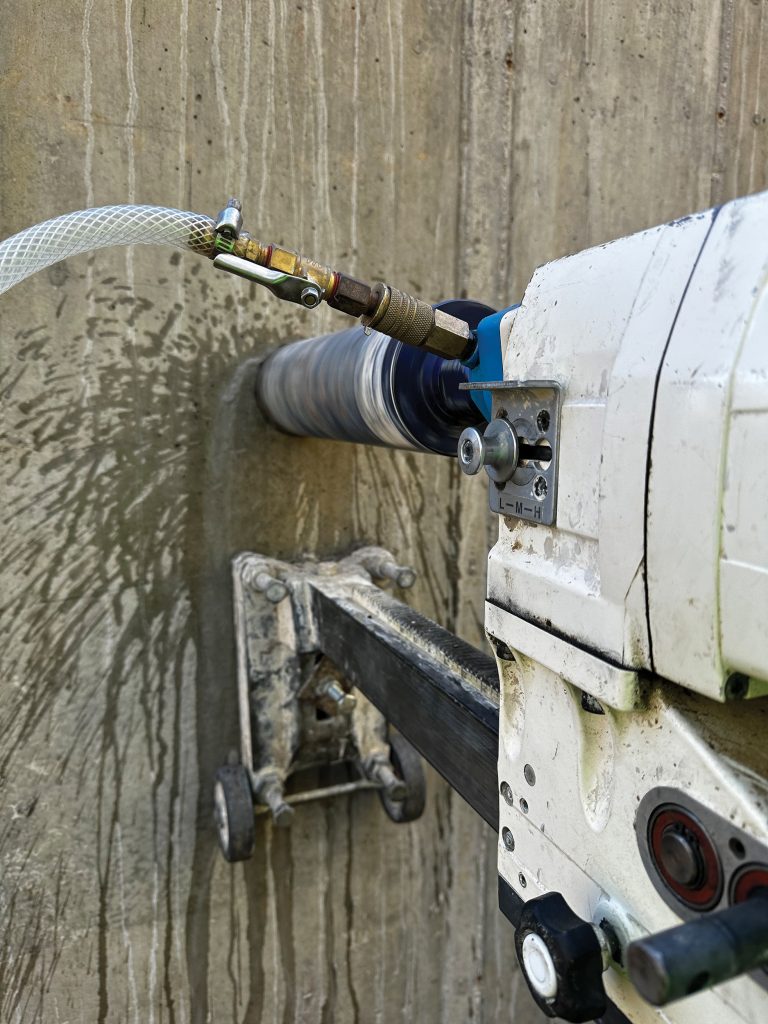Construction Materials Testing
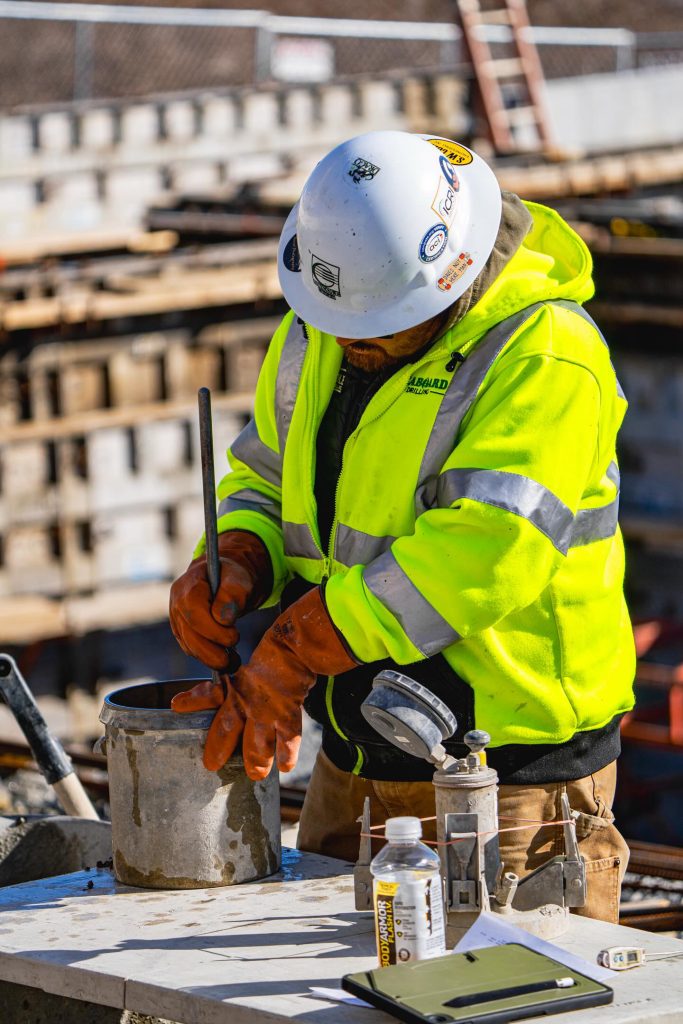
Quality Testing for Today’s Projects
S.W.COLE provides cost effective laboratory and field testing services to measure the conformance of the materials and construction of your project to the project specifications. We provide independent construction materials testing, both in the field and at our nine regional laboratory facilities. Most of the tests are completed in-house, saving our clients time and money.
With the speed of today’s projects, we strive to keep projects running smoothly and efficiently with our electronic report transmittals and our completely unique laboratory database management system. We annually perform about 90,000 field and laboratory test procedures, including approximately 5,000 laboratory soil sieve analyses and 2,100 laboratory soil moisture density tests, about 25,000 field density tests and we cast and test almost 50,000 concrete compressive strength specimens.
Four of our laboratories (as of 1/3/2024 – Bangor, ME, Gray, ME, Somersworth, NH and Londonderry, NH) have been accredited through the AASHTO Accreditation Program.
Please visit the AASHTO Re:source web site to see our current scope of accreditations at specific locations.
Extensive Experience from Hospitality to Aviation
S.W.COLE’s field and laboratory technicians have extensive experience working on retail, commercial, hospitality, health care, energy and transportation projects, including highway, bridges and aviation projects. They are experienced with protocols for sampling and testing for a wide range of materials.
Our field technicians are required to be certified as an American Concrete Institute (ACI) Level I Concrete Technician and to obtain certification to perform soil tests using a nuclear density gauge. Many of our technicians have certifications through ACI, the Northeast Transportation Technician Certification Program (NETTCP), the Precast/Prestressed Concrete Institute (PCI), the American Welding Society (AWS) and the International Code Council (ICC) to perform a variety of testing and inspections of soils, aggregate, concrete, masonry and hot mix asphalt.
